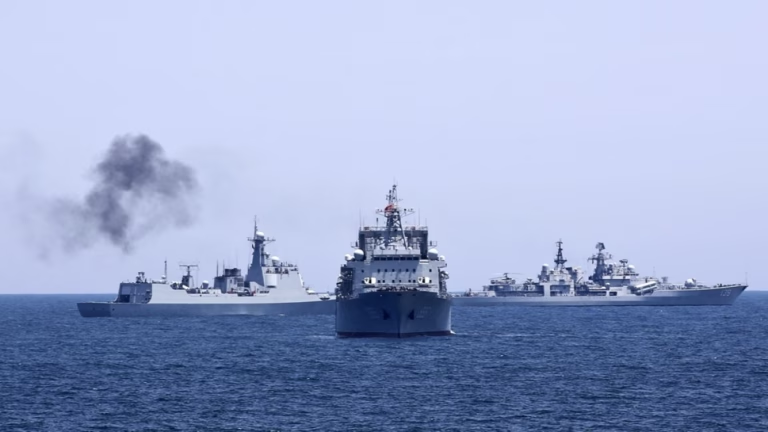Leaders of the Group of Seven (G7) countries are set to convene from June 15 to 17 in Kananaskis, Alberta, for a three-day summit filled with intense discussions. This marks the 51st G7 summit meeting, with the inaugural summit having taken place in Rambouillet, France, in 1975, originally as the G6 before Canada joined in 1976. Russia became a part of the group in 1998, renaming it the G8, but was effectively ousted in 2014 following its annexation of Crimea, and has since been referred to as the G7.
Tensions are expected to be high during this year’s gathering due to various global issues. Among the key topics of discussion is the unfolding crisis in the Middle East, following Israel’s strikes on Iranian military and nuclear sites. Additionally, the meeting is taking place against the backdrop of aggressive trade tariffs implemented and then paused by U.S. President Donald Trump, except for China, which has reached a trade deal with the U.S.
Canada’s Prime Minister Mark Carney remains unsettled by Trump’s proposal for Canada to become the 51st U.S. state, which he firmly rejected. The G7 countries, representing 44% of global GDP but only 10% of the world’s population, with the U.S. as the largest economy, face criticism from Trump regarding their contributions to global affairs. At the 2018 G7 summit, also held in Canada, Trump declined to sign the final communique, highlighting his unpredictable stance on international cooperation.
The summit will include discussions on the Israel-Iran crisis, trade tariffs, the Russia-Ukraine war, and concerns about China. G7 leaders may also address the ongoing global trade issues, energy security, and digital transformation. The group will explore both opportunities for collaboration and potential conflicts, especially considering the trade and security implications of their decisions.
Source: https://www.aljazeera.com/news/2025/6/15/g7-summit-who-is-attending-and-whats-on-the-agenda?traffic_source=rss






